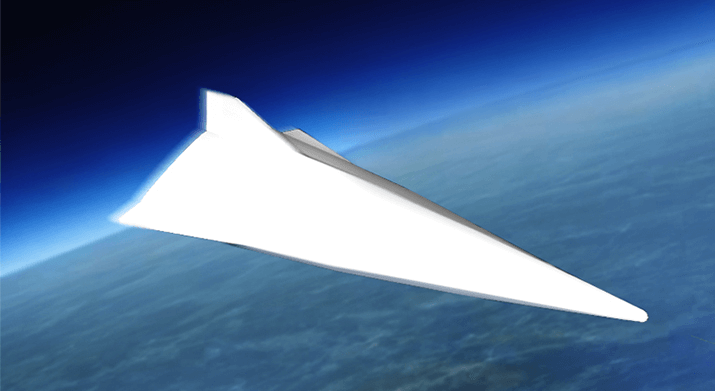After vehemently criticizing China for its civil-military fusion model, Pentagon has now decided to follow China’s lead by awarding a contract to a consortium of American universities for advancing hypersonic research.
A $100 million contract was awarded to Texas A&M University where the university, along with other universities, will work closely with the military and defence research agencies to pursue research “transitioning academic research into developing systems.
“This first-of-its-kind consortium will be critical to advancing hypersonics research and innovation, a key priority of the Department of Defense,” Michael Kratsios, acting undersecretary of defence for research and engineering said in a statement released by the US Department of Defence (DoD).
“Importantly, through collaborative industry and academic partnerships, it will also accelerate technology transfer and strengthen workforce development to meet the nation’s future warfighting needs,” he added.
The Chinese People’s Liberation Army (PLA) regularly uses Chinese universities to accelerate military research which is then applied to develop defence equipment. The west has been critical of this approach as potential threats for the proliferation of sensitive information through collaborations with other international universities persist.
Western countries including the US and UK have warned China for using its universities for military research purposes.
US Secretary of State, Mike Pompeo accused the Chinese government of theft saying:
“Chinese government strategies and policies that exploit the access of some of China’s brightest graduate students and researchers, in targeted fields, to divert and steal sensitive technologies and intellectual property from US institutions, taking undue advantage of our open and collaborative academic and research environment.”
Australian Strategic Policy Institute (ASPI), an Australian think tank in its report listed forty-three Chinese universities that it said should be considered ‘very high’ or ‘high’ risk collaborators because of their involvement in research for military and defence purposes.

The US has now resorted to a similar strategy in the race to build hypersonic weapons. The Texas A&M University’s Engineering Experiment Station (TEES) will head a consortium called ‘University Consortium for Applied Hypersonics’ (UCAH) that will receive $20 million per year. TEES has already identified 41 institutions from at least 23 states that are committed to participating in the UCAH, DoD said in a statement.
In a report by Defence News, Gillian Bussey, director of the Pentagon’s Joint Hypersonics Transition Office pointed out that hypersonic development activities in China, where academic research papers show that college students are being exposed to every element of hypersonic vehicle development, from design to flying experimental prototypes in wind tunnel tests.
“The gold standard [for the U.S. university consortium] would be to have the team develop a vehicle and fly it. That really depends on our budget and how things go,” Bussey said.
The consortium is expected to begin working in the next few weeks and will work closely with the military services, defence research agencies, and other government organizations, such as the National Aeronautics and Space Administration (NASA) and the Energy Department.
The American interest in hypersonic vehicles has seen peaks and valleys in the last 60 years. However, now the US is looking at competition as its superiority is threatened by China and Russia. In 2018, Pentagon declared that the “highest technical priority” is the development of hypersonic capabilities.
“I’m sorry for everybody out there who champion some other high priority, some technical thing; it’s not that I disagree with those. But there has to be a first, and hypersonics is my first,” said Michael Griffin, Pentagon’s then undersecretary of defence for research and engineering at a conference.
As the US military is vying to catch up with Russia and China who are ahead in the race for hypersonic missiles, it has clearly now resorted to a similar approach that it once criticized.




